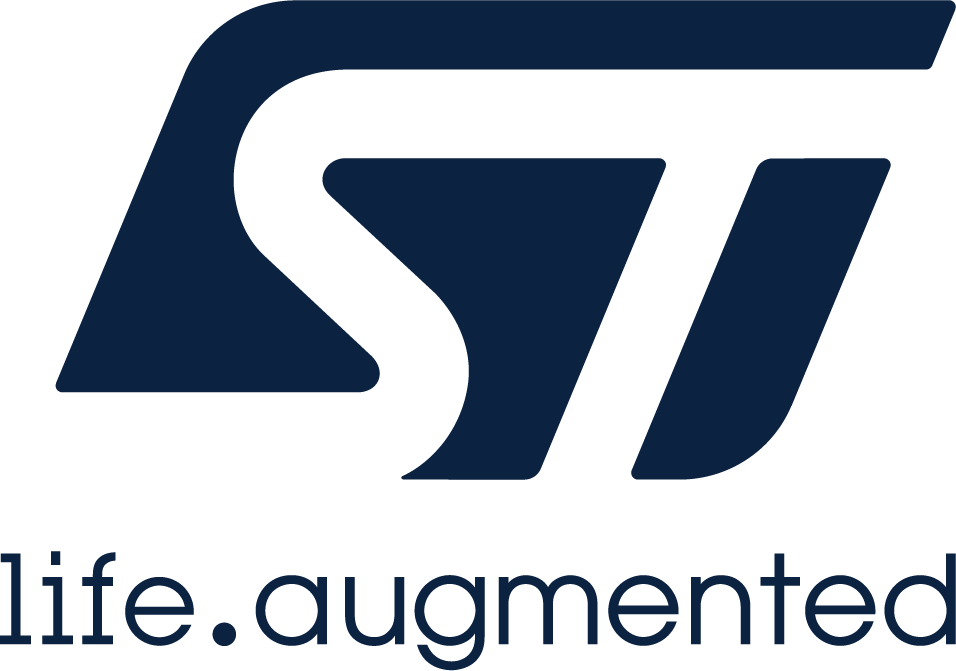
STMicroelectronics
STMicroelectronics is a leading global semiconductor company that designs and manufactures a broad range of innovative products for various industries. With a focus on delivering high-performance solutions, STMicroelectronics offers a comprehensive portfolio of microcontrollers, sensors, power management solutions, and analog and digital ICs. These products enable efficient and reliable operation in applications such as automotive, industrial automation, IoT, and consumer electronics. STMicroelectronics is committed to sustainability and social responsibility, investing in environmentally friendly manufacturing processes and promoting ethical practices throughout its supply chain. The company's products are designed to meet the highest industry standards, ensuring superior quality and reliability. STMicroelectronics is also dedicated to innovation, investing heavily in research and development to deliver cutting-edge technologies that address the evolving needs of customers. With a global presence and a team of experienced professionals, STMicroelectronics remains a trusted leader in the semiconductor industry, enabling smarter and more sustainable solutions for a better world.
RFID Transponders, Tags
Results:
8
Series
Operating Temperature
Writable Memory
Size / Dimension
Standards
Technology
Style
Frequency
Memory Type
Results remaining:8
Applied Filters:
STMicroelectronics
RFID Transponders, Tags
RFID transponder tags are compact devices that integrate both a receiver and a transmitter. These tags are specifically designed to communicate with radio frequency identification (RFID) readers, operating at specific frequencies associated with RFID technology. Here is a detailed description of the characteristics that define RFID transponder tags: 1. Style: RFID transponder tags come in various styles, each suited for different applications. The common styles include: Card: These tags resemble standard plastic cards, making them suitable for applications such as access control or identification cards. Coin: Coin-shaped tags are typically used in applications where a small form factor is required, such as inventory management or asset tracking. Encapsulated: Encapsulated tags are designed to be protected within a durable casing, providing resistance against environmental factors like moisture or physical impact. Glass encapsulated: These tags are encased in glass material, offering enhanced durability and resistance to harsh environments. Inlay: Inlay tags consist of a thin, flexible substrate with an embedded RFID chip and antenna, allowing for easy integration into various objects or surfaces. Key fob: Key fob tags are compact and often attached to keychains, providing a convenient way to carry and use the RFID tag. Nail: Nail tags are designed to be easily embedded into objects like wooden pallets or assets, enabling efficient tracking and management. Wristband: Wristband tags are worn on the wrist like a bracelet and are commonly used in applications such as event access control or healthcare. 2. Technology: RFID transponder tags employ different technologies to enable communication with RFID readers. This can include passive, active, or semi-passive (battery-assisted) technologies, depending on the specific requirements of the application. 3. Frequency: RFID transponder tags operate at specific frequencies that determine their compatibility with RFID readers. Frequencies can range from 100 kHz to 960 MHz, covering various RFID standards and applications. 4. Memory type: RFID transponder tags have onboard memory that stores data related to the tagged object or item. The memory can be categorized as: Read-only: Tags with read-only memory contain pre-programmed data that cannot be modified. Writable: Tags with writable memory allow for data to be written and updated as required, providing flexibility in applications such as inventory management or supply chain tracking. RFID transponder tags serve as the key component in RFID systems, enabling wireless communication with RFID readers. Their specific style, technology, frequency compatibility, memory type, and writability contribute to their versatility and suitability for various applications ranging from access control to asset tracking.

_tmb.jpg)


